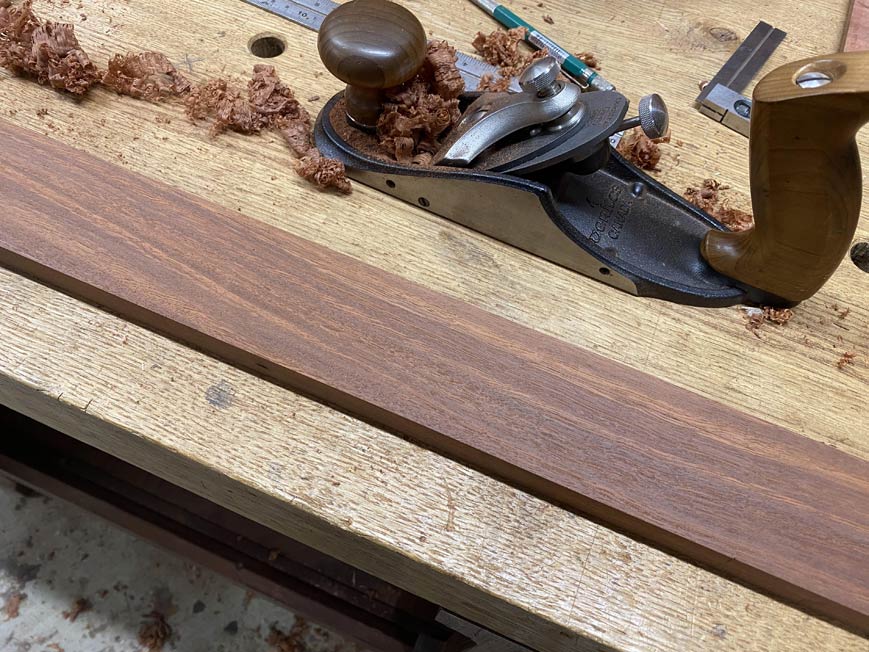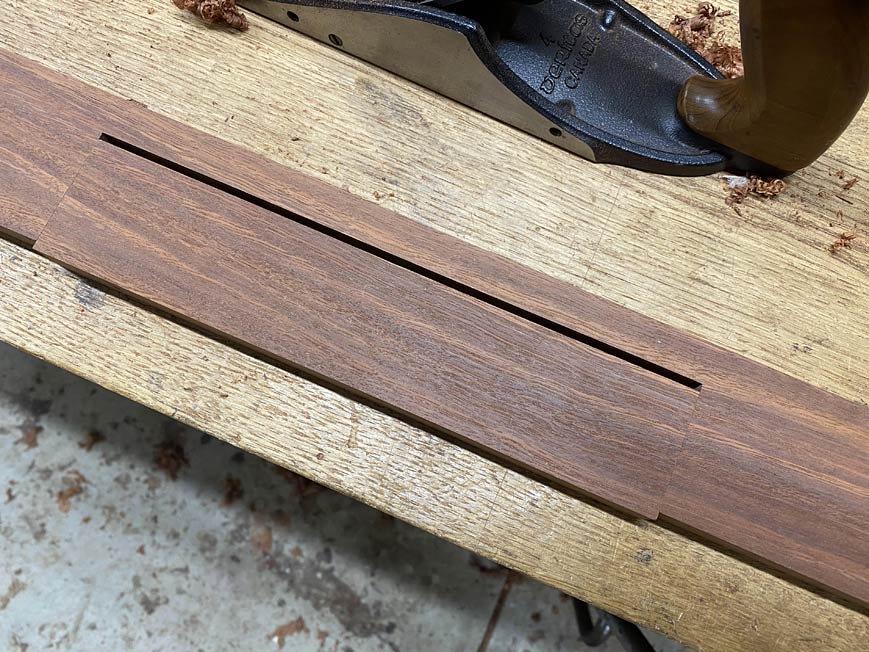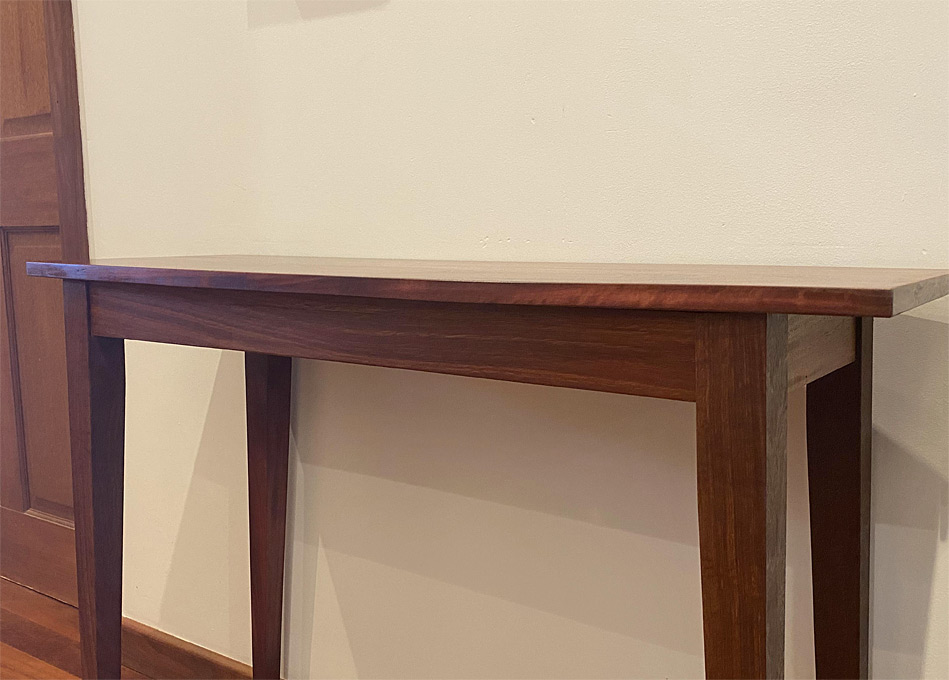Packard said:I wonder what Festool’s liability lawyers would say about that operation.
Their advice: Get a SawStop!
Packard said:I wonder what Festool’s liability lawyers would say about that operation.
Packard said:A while back, I made this hollowed out cove cut for a pencil tray. It was pretty straightforward, though I had to make a couple of sample cuts to get the right radius.
I would not know how to do this with a track saw.
ChuckS said:A quicker way to cut coves or dadoes or whatever a table saw can do with a track saw is to mount the track saw upside down on a plywood top, and use it like a table saw!Packard said:That’s akin to teaching a race horse to run on its hind legs. It can be done, but …
Many carpenters in Asia do exactly that in reno projects with their circular saws.
[attachimg=1]






Not necessarily. What I learned to do /with a tracksaw/ is to cut twice - first a relatively fast "rough" cut, about 3 mm off the planned cut. Both sides.Michael Kellough said:In one or two of the above posts the terms resawing and ripping got conflated.
As was pointed out above the possibility of wood movement after sawing means no method is always final.
Mini Me said:Snip. all the after market accessories began to appear including some from Festool. Snip.
Do not want to argue much, so will try to be short:Mini Me said:I am of the view that Festool designed the track saw for on site rough carpentry work, mark the timber put the track down close enough and cut. When we started to use it for more detailed work it became apparent that the precision needed was very hard to achieve and all the after market accessories began to appear including some from Festool. I first used one not long after it appeared on the market and getting any sort of precision just was not worth the trouble, I now have a slider.
smorgasbord said:Packard said:A while back, I made this hollowed out cove cut for a pencil tray. It was pretty straightforward, though I had to make a couple of sample cuts to get the right radius.
I would not know how to do this with a track saw.
I personally wouldn't even consider tablesaw coving in my decision. One could always use a router bit to cove instead, which might even save time considering cleanup of the tablesaw cut. And my tablesaw has a built-in riving knife, which has to be removed to cove, and it's a bit of trial and error to setup the clamped angled fences as well.
mino said:Do not want to argue much, so will try to be short:
The (Festool) tracksaw (precise name translation is "plunge saw" actually) was NEVER a "rough carpentry tool". Period
smorgasbord said:Packard said:A while back, I made this hollowed out cove cut for a pencil tray. It was pretty straightforward, though I had to make a couple of sample cuts to get the right radius.
I would not know how to do this with a track saw.
I personally wouldn't even consider tablesaw coving in my decision. One could always use a router bit to cove instead, which might even save time considering cleanup of the tablesaw cut. And my tablesaw has a built-in riving knife, which has to be removed to cove, and it's a bit of trial and error to setup the clamped angled fences as well.
twistsol1 said:We got a bit off topic. The Original question was can the Festool system replace a table saw, not can a track saw replace a table saw.
Snip.
TomK_2 said:No need to have a table saw or router to cut a cove when you can use a Polish plane
